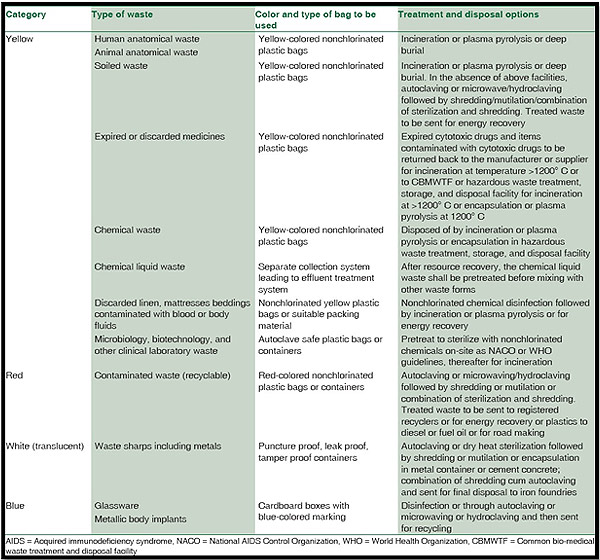Some Known Details About Reclaim Waste
Table of ContentsThe smart Trick of Reclaim Waste That Nobody is DiscussingTop Guidelines Of Reclaim WasteNot known Factual Statements About Reclaim Waste How Reclaim Waste can Save You Time, Stress, and Money.The Basic Principles Of Reclaim Waste
Domestic sewer waste refers to the waste and products from a residential septic container. The correct monitoring and disposal of domestic sewage waste require liquid waste to be moved to a sewer treatment plant where the correct approaches and devices are applied to cleanse and dispose of waste.
Business waste commonly consists of potential dangers, such as combustible products or a blend of fluid and strong waste products, and calls for an advanced and thorough disposal process. The disposal of business waste usually involves the filtering of waste prior to transportation to make sure safe and proper disposal. Industrial waste is created from byproducts and drainage of industrial processes and production.
This type of waste can not utilize the exact same sewage monitoring transportation or processes as septic or business fluids. The industrial waste monitoring procedure requires the examination and testing of liquid waste prior to it goes through the disposal process (industrial wastewater treatment). Overflow waste is the liquid waste that originates from runoff and excess stormwater in highly booming locations or cities
Overflow waste can create contamination and flooding if not dealt with effectively. Discover more concerning sewer cleansing and waste management. Making certain appropriate waste management can prevent catastrophes and minimize environmental injury. Both people in residential settings and experts in industrial or manufacturing industries can take advantage of comprehending the procedures and laws of fluid waste management.
Indicators on Reclaim Waste You Should Know
Contact PROS Solutions today to discover our waste monitoring and disposal solutions and the proper means to take care of the fluid waste you create.
(https://www.huntingnet.com/forum/members/reclaimwaste1.html)This so-called 'wastewater' is not only an essential source but, after therapy, will certainly be released to our land, waterways or the ocean. Made use of water from toilets, showers, bathrooms, kitchen sinks, washings and commercial processes is understood as wastewater.

water utilized to cool down equipment or clean plant and devices). Stormwater, a kind of wastewater, is drainage that moves from farming and urban areas such as roof coverings, parks, yards, roads, courses and gutters right into stormwater drains, after rainfall. Stormwater moves without treatment straight to regional creeks or rivers, eventually getting to the ocean.
6 Simple Techniques For Reclaim Waste
In Queensland, a lot of wastewater is treated at sewer therapy plants. Wastewater is transported from residential or commercial sites with a system of sewage systems and pump terminals, recognized as sewage reticulation, to a sewage treatment plant.
The Division of Natural Resources advises city governments concerning managing, operating and preserving sewerage systems and therapy plants. In unsewered areas, local federal governments may require owners to set up specific or house sewage treatment systems to treat residential wastewater from toilets, kitchen areas, washrooms and washings. The Department of Natural Resources authorizes the use of home systems when they are proven to be effective.
In some new communities, treatment of some stormwater to eliminate trash, sand and gravel has started utilizing gross pollutant traps. Wastewater treatment occurs in 4 phases: Gets rid of solid issue.
Wastewater after that flows into huge storage tanks where solids settle and are removed as sludge. Oil and scum are skimmed from the surface. Utilizes tiny living organisms knows as micro-organisms to break down and remove staying dissolved wastes and fine bits. Micro-organisms and wastes are integrated in the sludge. Removes nitrogen and phosphorus nutrients that can trigger algal flowers in our rivers and threaten marine life.
Little Known Questions About Reclaim Waste.
Nutrient removal is not available at all sewage therapy plants due to the fact that it calls for costly specialist devices. Clear fluid effluent created after treatment may still have disease-causing micro-organisms - liquid waste disposal.

Most wastewater moves into the sewerage system. Under the Act, neighborhood federal governments provide authorizations and licences for environmentally pertinent activities (ERAs) entailing wastewater launches that could have a local effect.
The Only Guide for Reclaim Waste
Or else, examples are considered research laboratory analysis. Typically numerous examinations are required to develop the levels of each of the from this source various contaminants such as oils, hefty steels and pesticides in water. Monitoring offers valid information about water high quality and can confirm that permit conditions are being fulfilled. The details obtained via surveillance provides the basis for making water top quality choices.